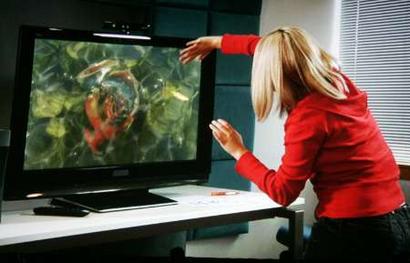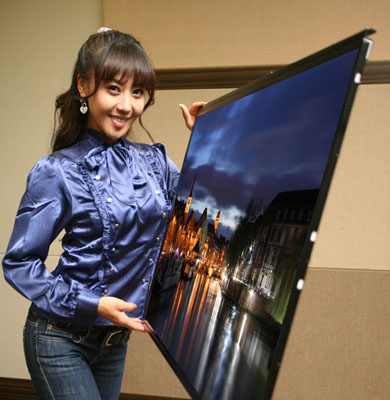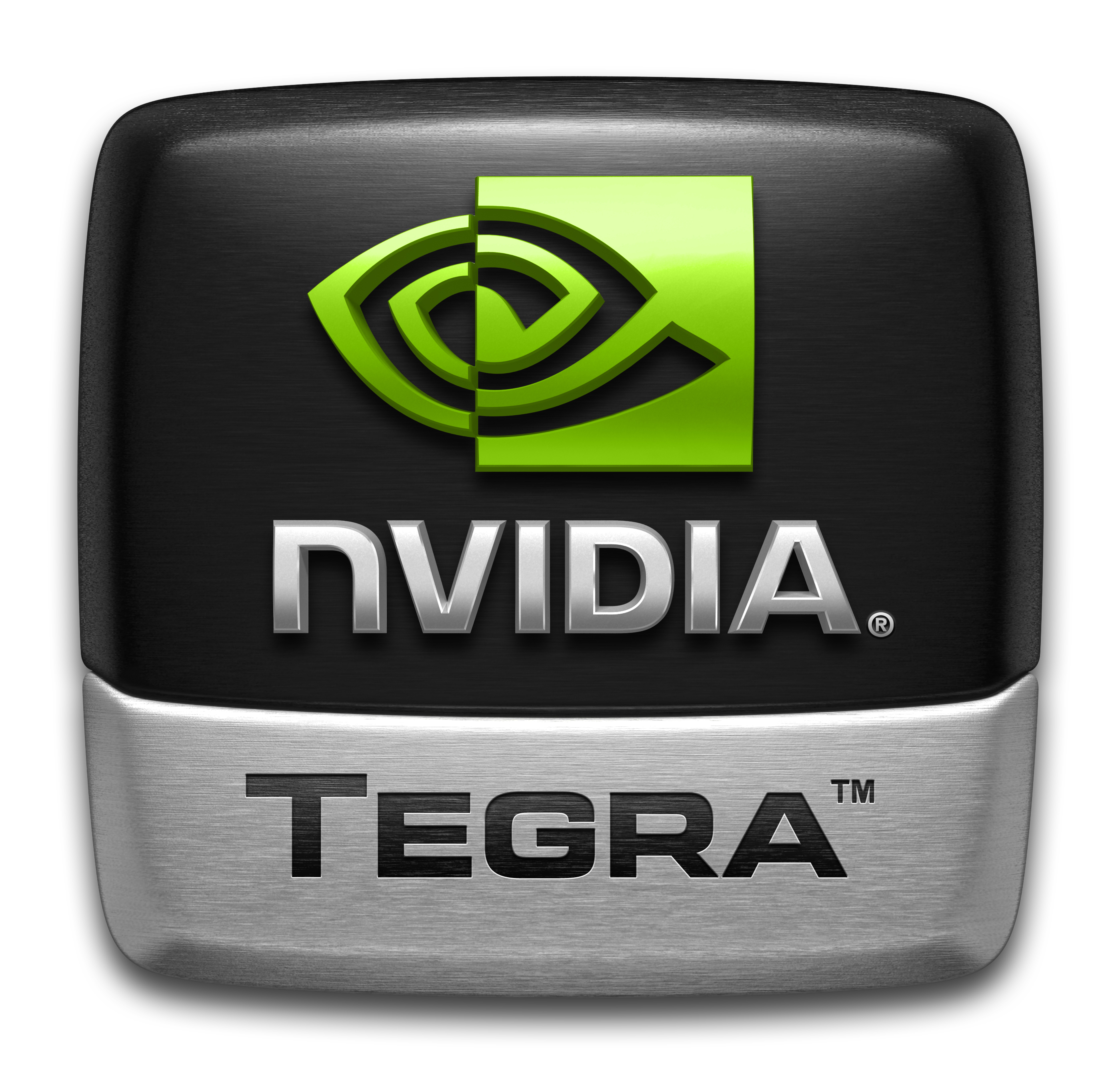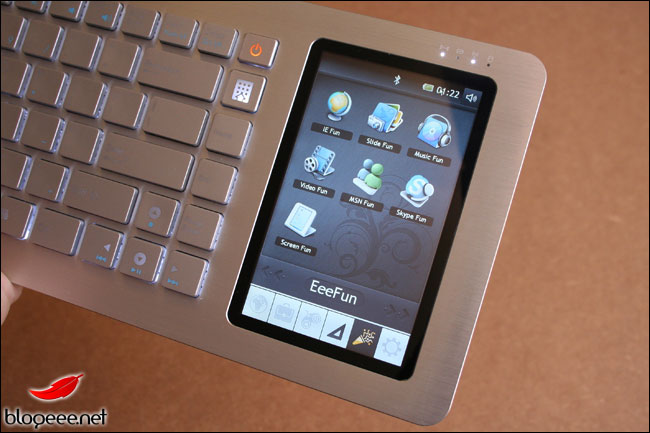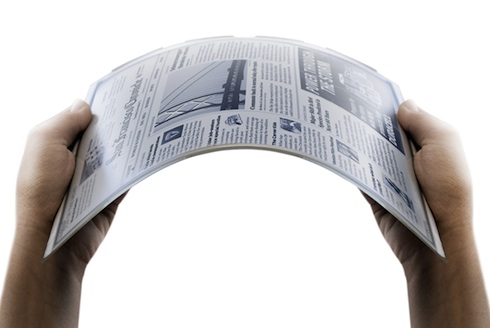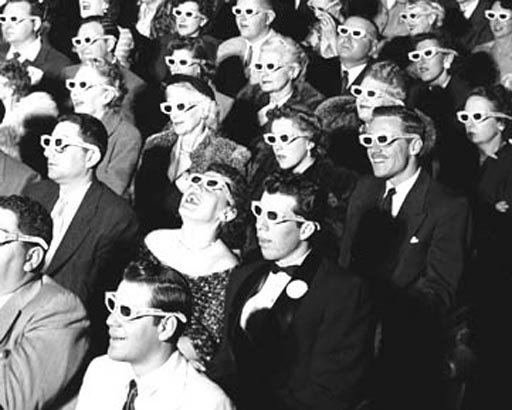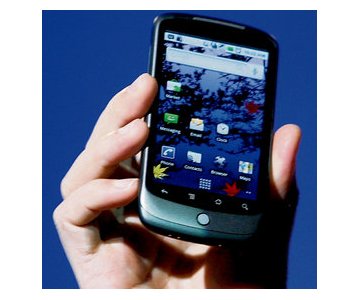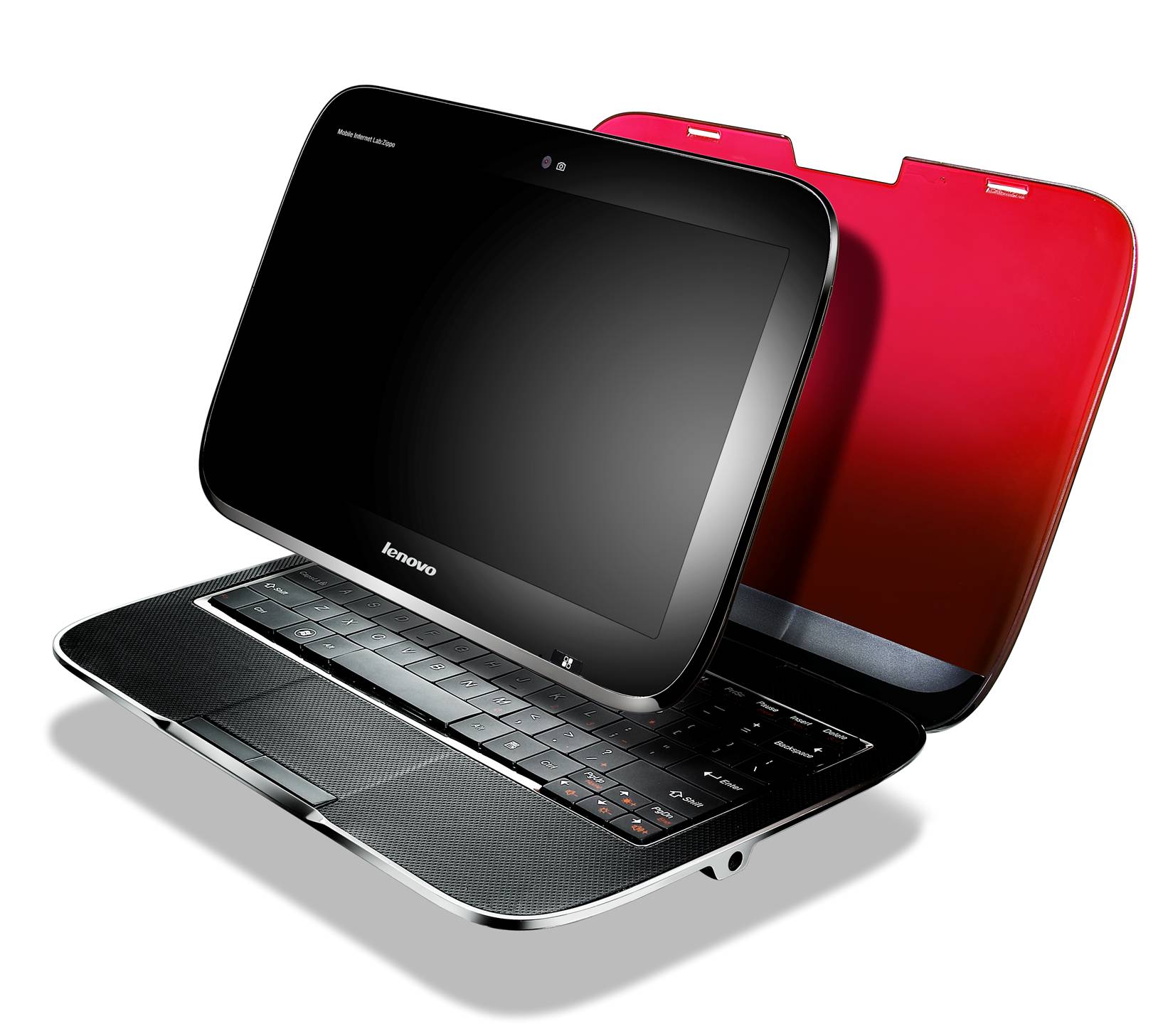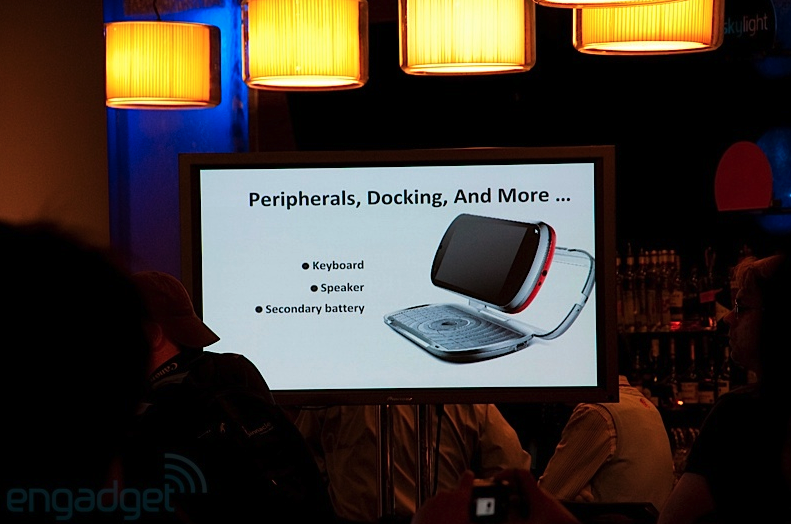In Pictures: The Most Promising Tech Of 2010
Project Natal for the Xbox 360
This year at CES, Microsoft's Robbie Bach announced that Project Natal, the company's motion-sensing game peripheral, would hit retail shelves in time for Christmas. Consuming between 10% and 15% of the Xbox' processor power, Natal combines a basic understanding of human anatomy with terabytes of data documenting thousands of poses observed during testing. No word on price, but you can bet your bottom dollar this is going to be a top seller for Christmas 2010.
We've come a long way in technology. On the next few pages, we'll examine where we'll be heading in 2010. Read on!
LED-based Displays and HDTVs
There's no doubt about it: LED-based LCDs are going to replace aging cathode LCD panels.
When LCD displays first came out, they were herald as the wave of the future. By today's standards however, even traditional LCD displays seem thick and bulky by comparison. LED displays grant you better picture contrast, faster response time, more uniformed color, thinner products, and greater power savings.
OLED and AMOLED displays are promising, but they're still too expensive. LED displays are actually cheaper to make than traditional panels on the same scale, but still cost a premium. Expect prices on LED displays and TVs to be slashed heavily this year.
Thin is in, baby.
The HP (Android) Slate
Microsoft made a huge deal about the Windows 7-based HP Slate PC. While the reaction to the product was lukewarm, it seems HP has another version of the Slate PC and this one runs Android. Android is already incredibly popular on a huge array of smart phones but tech fans are eager to see how it fares on bigger, slightly more powerful devices. The HP Slate PC running Android definitely looks like it could offer a promising demonstration of the Google OS.
Get Tom's Hardware's best news and in-depth reviews, straight to your inbox.
Nvidia's Tegra 2
The first iteration of Nvidia's Tegra chipset powers small electronic devices like the ZuneHD and it does a wonderful job. But the whole world is going nuts over tablets, not personal media players. To that end, Nvidia is pushing Tegra 2. Launched at CES earlier this month, the chipset incorporates a Cortex-A9 CPU plus a low-power GPU. The whole affair consumes 500 mW under load and Nvidia says it will offer the full Tegra development kit, which includes reference board, a small display, and Chromium OS to all comers at "an affordable price." Nvidia is targeting tablets with this chipset.
Eee Keyboard
The Eee Keyboard has been a long time coming. In fact, it was this time last year that we saw it at CES and were promised a 2009 release. Since then, there have been a few let downs, but we were excited to see a nettop in keyboard form in February. The idea is that you hook it up to an external display via either VGA or HDMI. It has a 5" touch-screen display in place of the number pad and it packs Intel's Atom N270, 1 GB of RAM, a 16 GB SSD (with the option to upgrade to 32 GB), and a built-in battery that's said to last up to four hours on a charge.
The Skiff
We're keeping our eye on this bad boy because eReaders are really starting to shine and this is the sexiest one we've seen so far. Aside from boasting the highest resolution seen on an eReader to date (it boasts an 11.5" (1600x1200) display), the Skiff implements e-paper technology from LG Display, which utilizes a metal foil instead of the more traditional glass substrate. Simply put, this baby is beautiful and she's flexible. What more could you want?
3D Home Theater
The dawn of 3D viewing in your home is here and there was certainly a ton of 3D technology on display at CES to titillate our senses and prepare us for the months and years ahead. ESPN is launching a 3D channel in June, just in time for the World Cup, while countless companies are selling 3D televisions alongside regular 2D-only sets.
Of course, though, the adult entertainment industry is at the bleeding edge of it all. One company offers a 3D porn package deal that combines a $20/month subscription, a 60" 3D television, a compact computer server, and the glasses to make it all work. Yes sir, 2010 is the year the industry is set to go 3D crazy.
Intel's x86 Moorestown Smart Phone
Intel plans to release an LG-manufactured smart phone in the second half of this year and we're going to go out on a limb and say this device will generate a helluva lot of excitement. Packing a 5" screen with 720p HD video playback, two cameras, and a Linux-based Moblin OS, the whole thing runs on Intel's Moorestown platform set to launch this year. We're intrigued.
Google's Nexus One
The Nexus One itself might be a little bit of a disappointment when you consider it represents Google's entry into the cell phone market. It looks similar to every other HTC-built Android device, and once all the other Android phones are rocking 2.1, as far as we're concerned, it's just another face in the crowd. However—and this is a big however—Android phones are getting better and better, while the Nexu One is Google's first cell phone. The company has plans for more phones and we're hoping each is more exciting and innovative than the last. This will be Google's first year to shine when it comes to smart phones.
Lenovo's Ideapad U1 Hybrid
From the outside, it just looks like a curvy 11.6" notebook. The specs read like a regular notebook, too: It packs Intel's Core 2 Duo CPU, 4 GB of RAM, Windows 7, and a 128 GB solid-state drive. Shiny, red, and curved in all the right places, it's a good-looking notebook as it is, but there's more to this little guy than meets the eye. Because when you open the U1 Hybrid, you realize that the screen pops right out of the body and you've got yourself a tablet packing a Qualcomm Snapdragon CPU, Linux, 512 MB of RAM, and 16 GB of flash memory.
With a $1,000 price tag, it's not exactly cheap but it's definitely a fair price for what you're getting. Shipping in June.
Lenovo's LePhone
It might be slightly underwhelming in the marketing department (LePhone, really?) but the fact that Lenovo is releasing a smart phone says something about the way cell phones are changing. The year 2007 saw the release of the iPhone, and in the two years that followed, we saw more and more companies take the plunge and release smart phones.
Cell phones are becoming more powerful and we have long since passed the stage where the phone part of a mobile phone was the most important thing. The LePhone is similar to Lenovo's IdeaPad U1 Hybrid. It offers an external keyboard that clips onto the screen. The keyboard also contains a speaker and a spare battery.
Tom's Hardware is the leading destination for hardcore computer enthusiasts. We cover everything from processors to 3D printers, single-board computers, SSDs and high-end gaming rigs, empowering readers to make the most of the tech they love, keep up on the latest developments and buy the right gear. Our staff has more than 100 years of combined experience covering news, solving tech problems and reviewing components and systems.
-
yoy0yo @sunzeal, sad thing is, you've got the new, fresh off the boat stuff.. and its already inferior to something else.Reply
computer hardware has come to a very mature point. (with he exception of SSD's they're evolving quick) -
In typical Tom's style, Nehalem 32nm refresh and Tegra get a nod, but not Bulldozer and Fusion. I'd venture as far to say that neither of the former are all that exciting, Nehalem will consume less power(not that most TH readers care), and perform about the same. Tegra will marginally improve the performance of your Zune, while still being unable to do the work of a real computer.Reply
-
wira020 "OLED and AMLOED displays are promising, but they're still too expensive. LED displays are actually cheaper to make than traditional panels on the same scale, but still cost a premium"Reply
Thats AMOLED right?.. btw... the 2nd sentences doesnt make much sense to me.... it's cheaper to make but also expensive at the same time??? -
wira020 6nm_Phenom_6_BEIn typical Tom's style, Nehalem 32nm refresh and Tegra get a nod, but not Bulldozer and Fusion. I'd venture as far to say that neither of the former are all that exciting, Nehalem will consume less power(not that most TH readers care), and perform about the same. Tegra will marginally improve the performance of your Zune, while still being unable to do the work of a real computer.Reply
Moving to smaller node might also mean less heat and better oc... that's interesting enough to me... tegra not meant to be a computer.. bulldozer, fusion and bobcat is planned for next year.. maybe that's why it doesnt appear in this year's expected tech... -
wira020: Higher OC? Typically, OCing has tapped out at 4ghz (or less) SINCE THE 130nm node!!!! Why on earth do you think that you'll somehow get a higher OC this time? You'll have an easier time getting to ~4ghz, but that'll be about it.Reply
-
And just the other week Toms was running articles on all the things that are wrong with the iPad and how they would fix it. Hilarious and ironic.Reply
-
enzo matrix How does a different technology for the backlight in the LED LCD vs CCFL LCD displays give you better contrast and faster response time?Reply -
nukemaster enzo matrixHow does a different technology for the backlight in the LED LCD vs CCFL LCD displays give you better contrast and faster response time?That is what I was about to ask. +9999 for youReply -
tuannguyen an0nym0useAnd just the other week Toms was running articles on all the things that are wrong with the iPad and how they would fix it. Hilarious and ironic.Reply
Nothing ironic about it really. I said originally that I felt the iPad is gimped. I still feel the same about it--but it doesn't change what's inevitable.
As time has proven again and again, not all superior products are successful. Often, the inferior devices with great marketing are the ones to dominate. That was my point here.
/ Tuan
